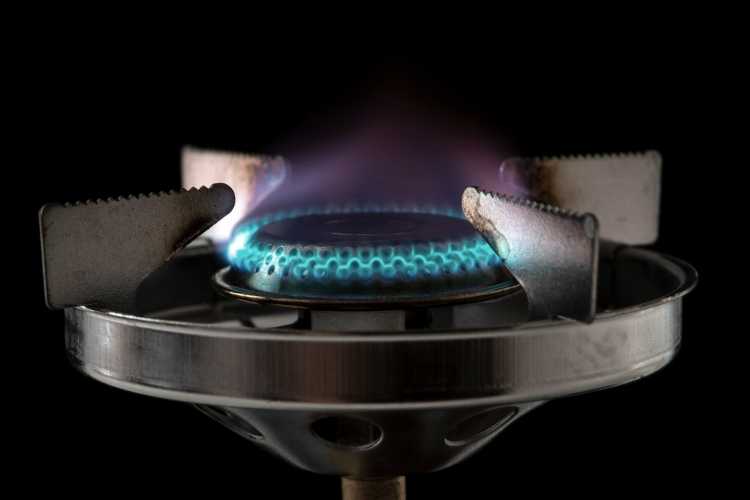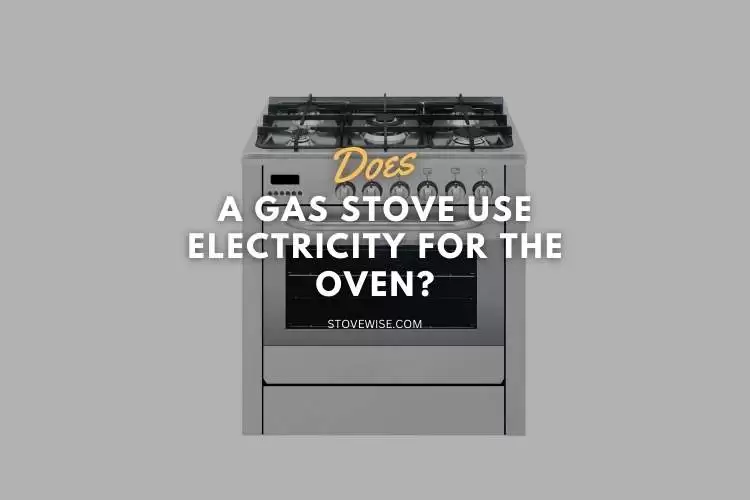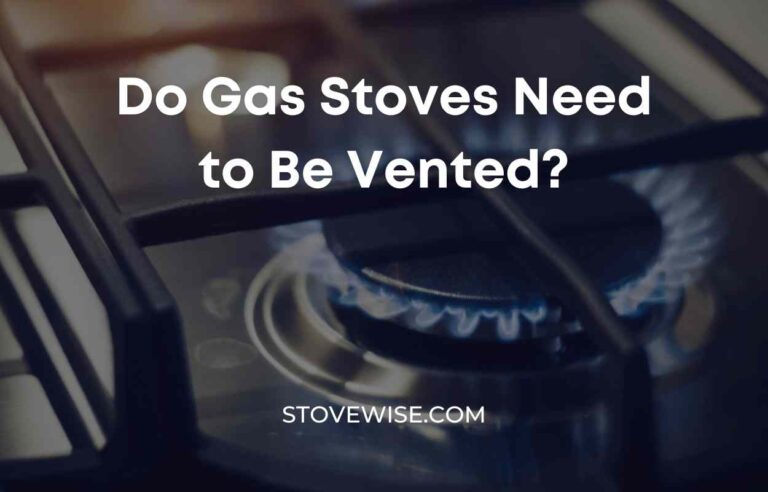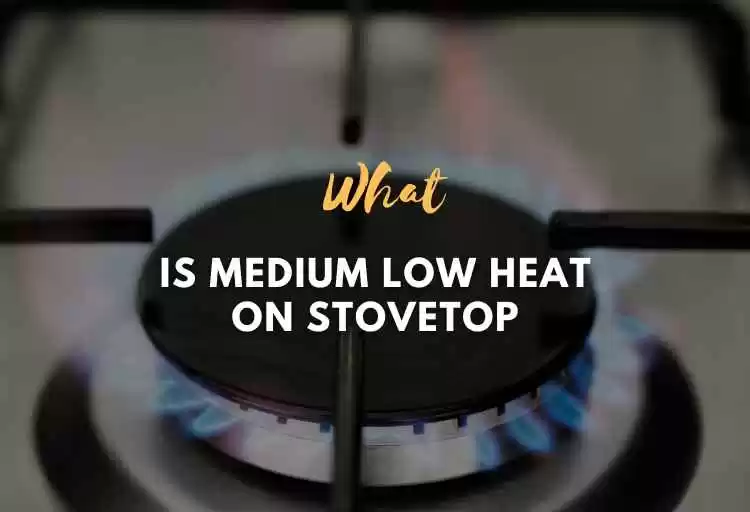How Hot Does a Butane Stove Get?
If you’re an outdoor enthusiast, you know that a good stove can make all the difference in your camping experience. Butane stoves have become increasingly popular due to their lightweight and portability. One of the most common questions people ask about these stoves is how hot does a butane stove get.
Generally, butane stoves can reach temperatures of 1,300°F to 1,500°F (704°C to 816°C) at the flame, but the actual cooking surface temperature depends on factors like heat output and cookware. This is more than enough heat to cook or heat up a meal quickly.
Generally, butane stoves have a maximum heat output ranging from 7,000 to 10,000 British Thermal Units (BTUs) per hour. The temperature of a butane stove is determined by the amount of gas that flows through it, which can be adjusted to control the heat output.
However, it’s important to note that butane stoves may not perform well in below-freezing temperatures.

Contents
Why Does Butane Stove Temperature Matter?
A butane stove can be a convenient and efficient way to prepare meals when cooking outside. However, it is critical to understand your stove’s temperature capacities to ensure that it can handle the cooking chores you have in mind.
The temperature of a butane stove is an important consideration because it can affect cooking time and food quality.
If your stove does not become hot enough, your food may not cook properly or evenly, and if it gets too hot, your dinner may burn or overcook. Furthermore, the temperature can influence the type of food you can cook on your butane burner.
Some meals necessitate a high temperature to sear meat or fast boiling water, while others necessitate a lower temperature to cook slowly and evenly. Knowing your stove’s temperature range might help you decide what kinds of foods you can make.
Another significant factor to consider is the temperature outside. If you’re camping in colder weather, you may need a stove that can withstand lower temperatures in order to function properly.
If you’re camping in hot weather, on the other hand, you might want a burner that doesn’t get too hot to avoid overheating your meals or causing any safety risks.
How Hot Does a Butane Stove Get?
When it comes to outdoor cooking, the heat output of your stove is a critical factor to consider. But how hot can a butane stove get?
Let’s explore the factors that affect heat output and the maximum temperature a butane stove can reach.
Factors Affecting Heat Output
The heat output of a butane stove depends on several factors:
- The BTU rating of the stove
- The quality of the butane fuel
- The altitude and ambient temperature
- The size and shape of the cooking vessel
Generally, the higher the BTU rating of the stove, the hotter it can get. But the quality of the butane fuel can also affect the heat output. Low-quality fuel can cause the stove to burn less efficiently, resulting in lower heat output.
Altitude and ambient temperature can also affect the heat output of a butane stove. At higher altitudes, the air is thinner, which can cause the stove to burn less efficiently. Similarly, in colder temperatures, the fuel may not vaporize as effectively, which can also reduce the heat output.
The size and shape of the cooking vessel can also affect the heat output. A smaller vessel will heat up faster than a larger one, and a vessel with a flat bottom will make better contact with the stove and transfer heat more efficiently.
Maximum Temperature Reached by Butane Stove
The maximum temperature that a butane stove can reach depends on several factors, including the BTU rating of the stove, the quality of the butane fuel, and the size and shape of the cooking vessel.
Butane stoves typically have a maximum temperature of around 400-500 degrees Fahrenheit. However, this can vary depending on the factors mentioned above.
It’s important to note that the maximum temperature a butane stove can reach may not be suitable for all types of cooking. For example, if you need to sear a steak or cook a pizza at high temperatures, a butane stove may not be the best option.
Safety Precautions When Using a Butane Stove
When using a butane stove, safety should always be a top priority. Here are some important safety precautions to keep in mind:
Ventilation
Make sure that you are using your butane stove in a well-ventilated area. Butane stoves produce carbon monoxide, which can be deadly if inhaled in large amounts.
Never use a butane stove in an enclosed space, such as a tent or cabin, without proper ventilation.
Fire Safety
Always keep a fire extinguisher nearby when using a butane stove. Never leave a butane stove unattended while it is in use.
Keep the stove away from flammable materials, such as curtains, paper, and gasoline. Do not use the stove near an open flame, such as a campfire or grill.
Handling and Storage of Butane Canisters
When handling butane canisters, be careful not to drop them or puncture them. Store your butane canisters in a cool, dry place, away from direct sunlight and heat sources.
Do not store them near flammable materials or liquids. Make sure that the canisters are completely empty before disposing of them.
By following these safety precautions, you can enjoy using your butane stove without putting yourself or others in danger.
Comparison of Butane Stove Temperature with Other Stove Types
Butane vs Propane Stoves
When it comes to camping stoves, both butane and propane stoves are popular options. But which one burns hotter? According to Camp Stove Reviews, butane burns hotter than propane, with an average temperature of just below 2000°C.
In comparison, propane burns at a temperature of around 1900°C. However, the BTU rating and design of the stove can also affect the temperature, so it’s important to consider these factors as well.
Butane vs Electric Stoves
Electric stoves come in different types, such as coil, smooth top, and induction. The temperature of an electric stove can vary depending on the type and size of the burner.
According to The Spruce Eats, a small coil on an electric stove can reach a temperature of up to 932°F, while a large coil can reach up to 1652°F.
In comparison, a butane stove can reach a temperature of up to 1970°C, which is much higher than the temperature of an electric stove. It’s important to note that the temperature of a stove is not the only factor to consider when choosing a stove.
Other factors such as portability, fuel efficiency, and ease of use should also be taken into account. Additionally, the temperature of a stove can vary depending on factors such as altitude, wind, and the type of pot or pan being used.
Conclusion
When it comes to butane stoves, it’s important to understand their capabilities in terms of heat output. A butane stove can reach temperatures of up to 7,650 BTUs, which is enough to boil water and cook simple meals like oatmeal, soup, or macaroni and cheese.
However, it’s important to note that butane burns at a lower temperature than propane, so it may not be the best choice for cooking in extremely cold conditions.
For optimal performance, it’s recommended to use a butane stove in temperatures above 32 degrees Fahrenheit.
At around 40 degrees Fahrenheit, butane’s efficiency drops significantly, and at around 30 degrees it does not vaporize at all. It’s also important to use a stove that has a shut-off valve to prevent overheating and potential explosions.






